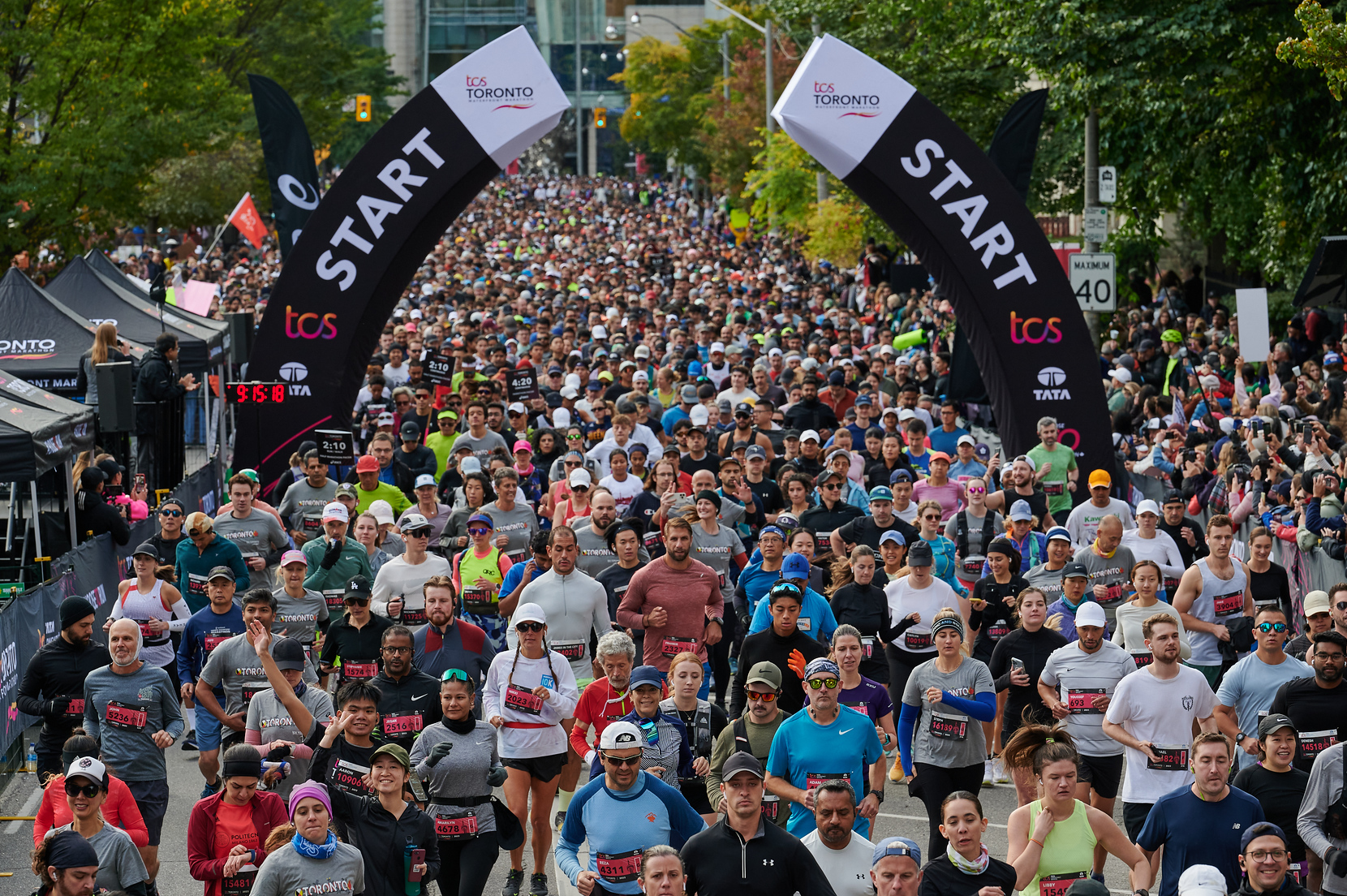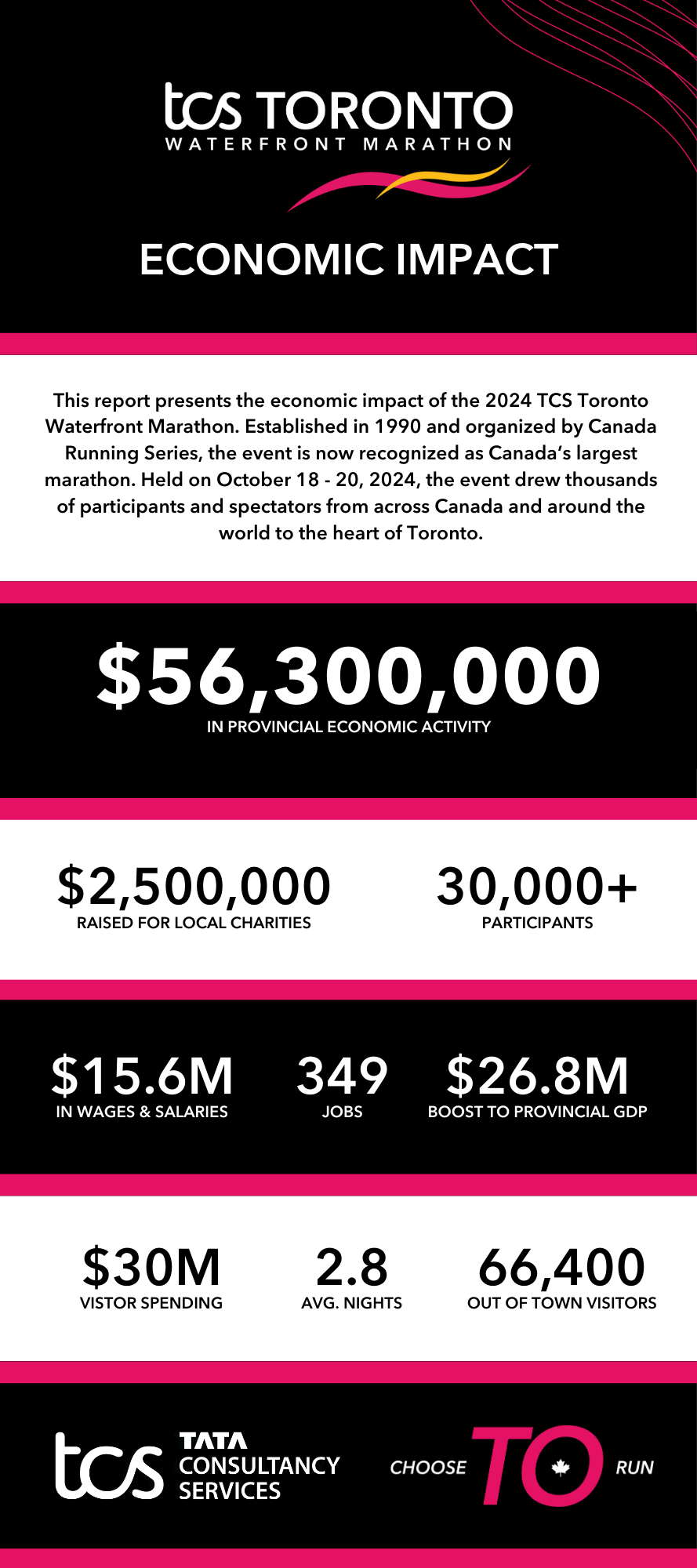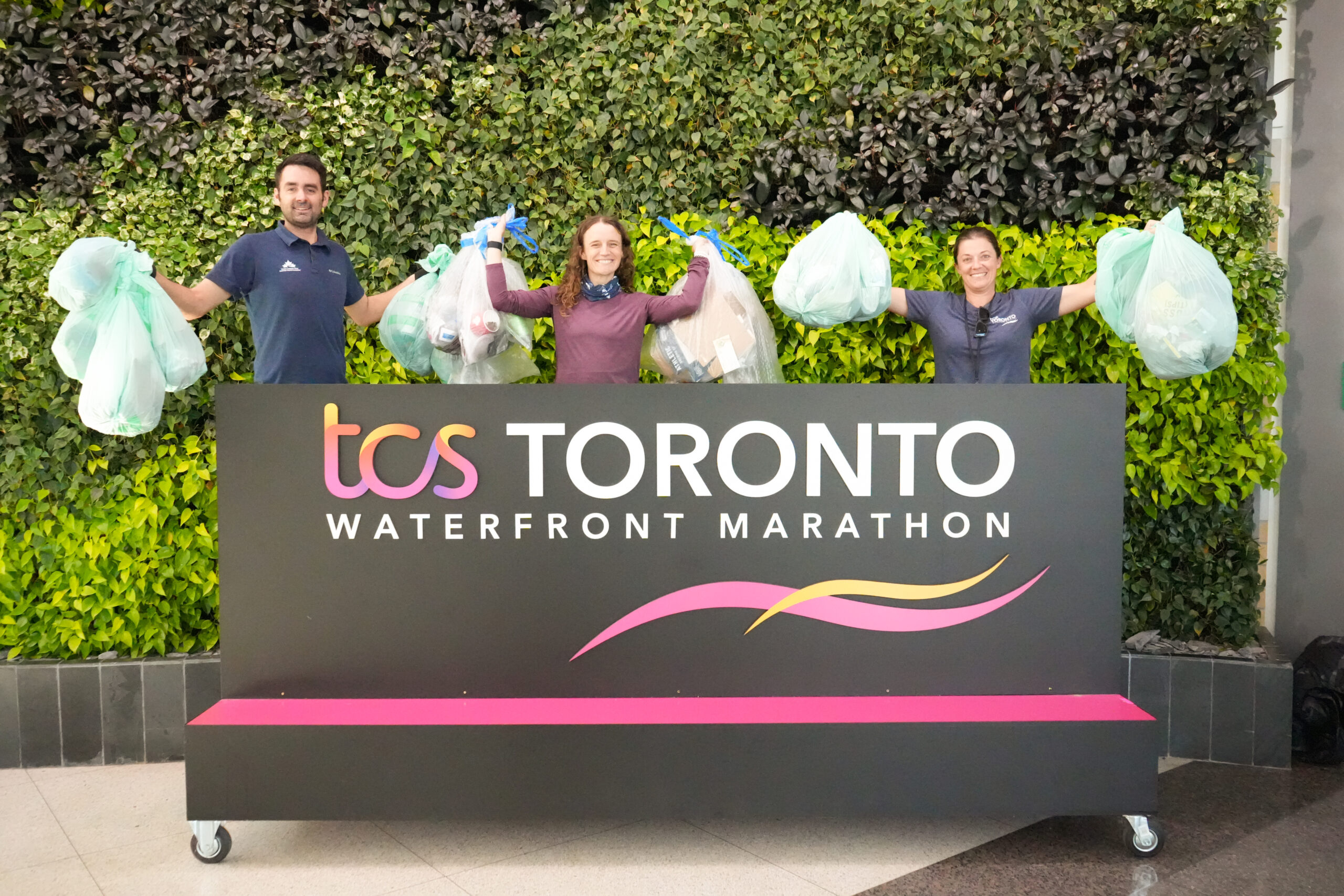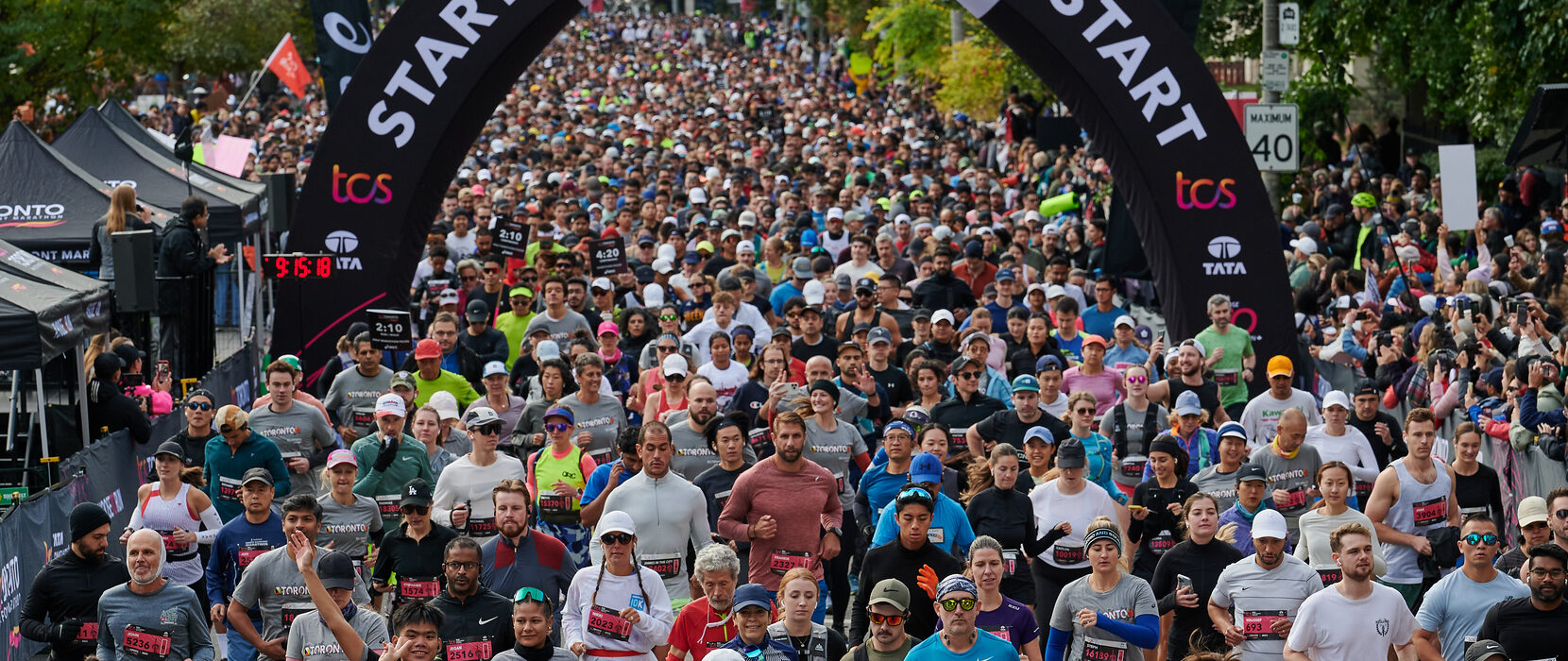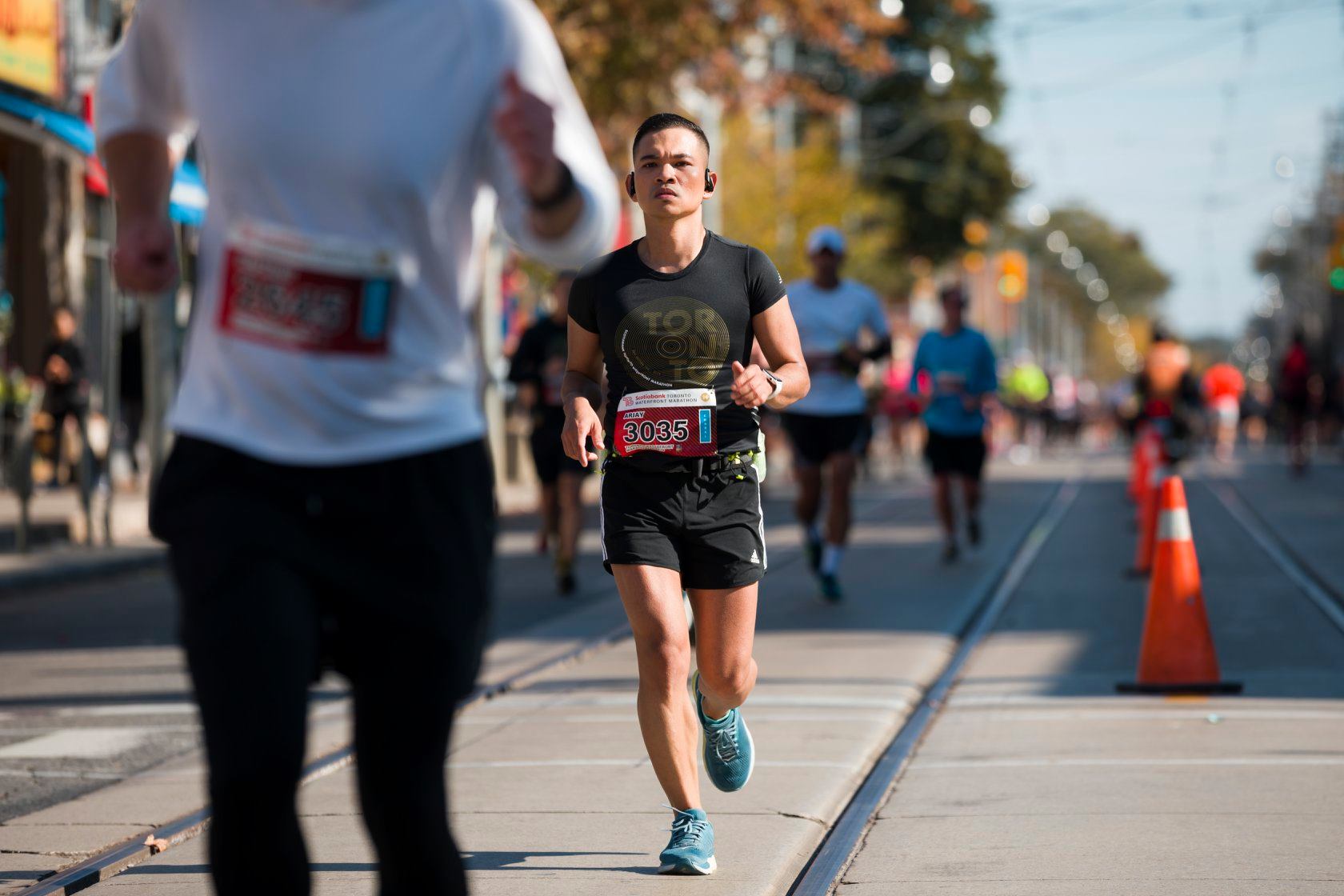
Your choice of weather, preferred route, and an opportunity to try something new. These are the realities of virtual racing.
Although your favourite race of the year may be cancelled due to COVID-19, a virtual race may be just what you need to prepare for a (hopefully) in-person 2021 season.
When it comes to goal-setting, here’s how you can manage expectations, and get the most out of your body on virtual race day.
The A-B-Cs of Virtual Race Goals
One of the best ways to avoid race day disappointment is to set varying goals. Instead of having a singular focus, make A, B, and C goals.
Colin Murray-Lawson, coach of Toronto’s High Park Rogue Runners, says your A-B-C goals may look like:
- ‘A’ goal: Everything goes right on race day. This could be a personal best.
- ‘B’ goal: This goal should continue to motivate you even when you begin to struggle a bit. This might be a season’s best.
- ‘C’ goal: A fall-back goal, like finishing the race, and knowing you gained valuable experience pushing your limit.
Plan For What Works For You
Are you an early-riser? Or are you an evening runner? The real beauty of virtual racing is that you can pick a day, and time, that best suits you.
Remember the adage, ‘don’t try anything new on race day?’ This remains true, even for virtual racing.
To help hit your race goal(s), map out your preferred route, and choose a time when you feel most confident racing. Murray-Lawson recommends using a familiar route as you can draw from your past training on route as inspiration, and you know exactly what to expect.
Earlier this year, for the Under Armour Spring Run-Off Virtual Race, the High Park Rogue Runners chose a hilly route to mimic the undulating course of High Park. Why? Choosing a route that makes the virtual race feel like the real thing can be a source of motivation.
Bonus tip: choose a low-traffic route to avoid stopping, and to reduce the need of crossing roads.
If you’re in Toronto, try the Martin Goodman Trail, which runs adjacent to sections of the Scotiabank Toronto Waterfront Marathon route. Running the route a few times before virtual race day gives you a chance to scope out the course beforehand in case there are any detours, closures, or construction.
Adjust Your Pace, Accordingly
Virtual races can be great exercises in learning your optimal racing plan.
For example, on race day, try different pacing strategies to see what might work best for you. Perhaps you’re better off going out a bit faster. Or, you may get more out of yourself by playing it safe for the first half of a race. The only way to determine your optimal race strategy is to try new approaches.
Similarly, virtual races are a great time to try something new. Have you mastered the 5K? Why not attempt the 10K. Are you a marathoner craving some speed? Try the half-marathon.
In these cases, revisit the A-B-C goals section to manage expectations, especially if you’re trying a new race distance for the first time.
Not Sure Where To Start? Use Training As An Indicator
If you haven’t raced in a while, look at your recent training to get a sense of fitness. It’s safe to say that you’re likely only going to get out what you put in.
Your past training – look at the past few months, and not just weeks – can keep your goals in perspective. Having your training in mind will allow you to go hard, but not too hard, to get the most out of yourself.
Capitalize on your training before year-end by joining us for the Scotiabank Toronto Waterfront Marathon Virtual Race Weekend, featuring a 5K, 10K, half-marathon, and marathon. Choose any day between Oct. 1-31 for your optimal race time, and submit your results online to see how you stack up. Registration is now open.
